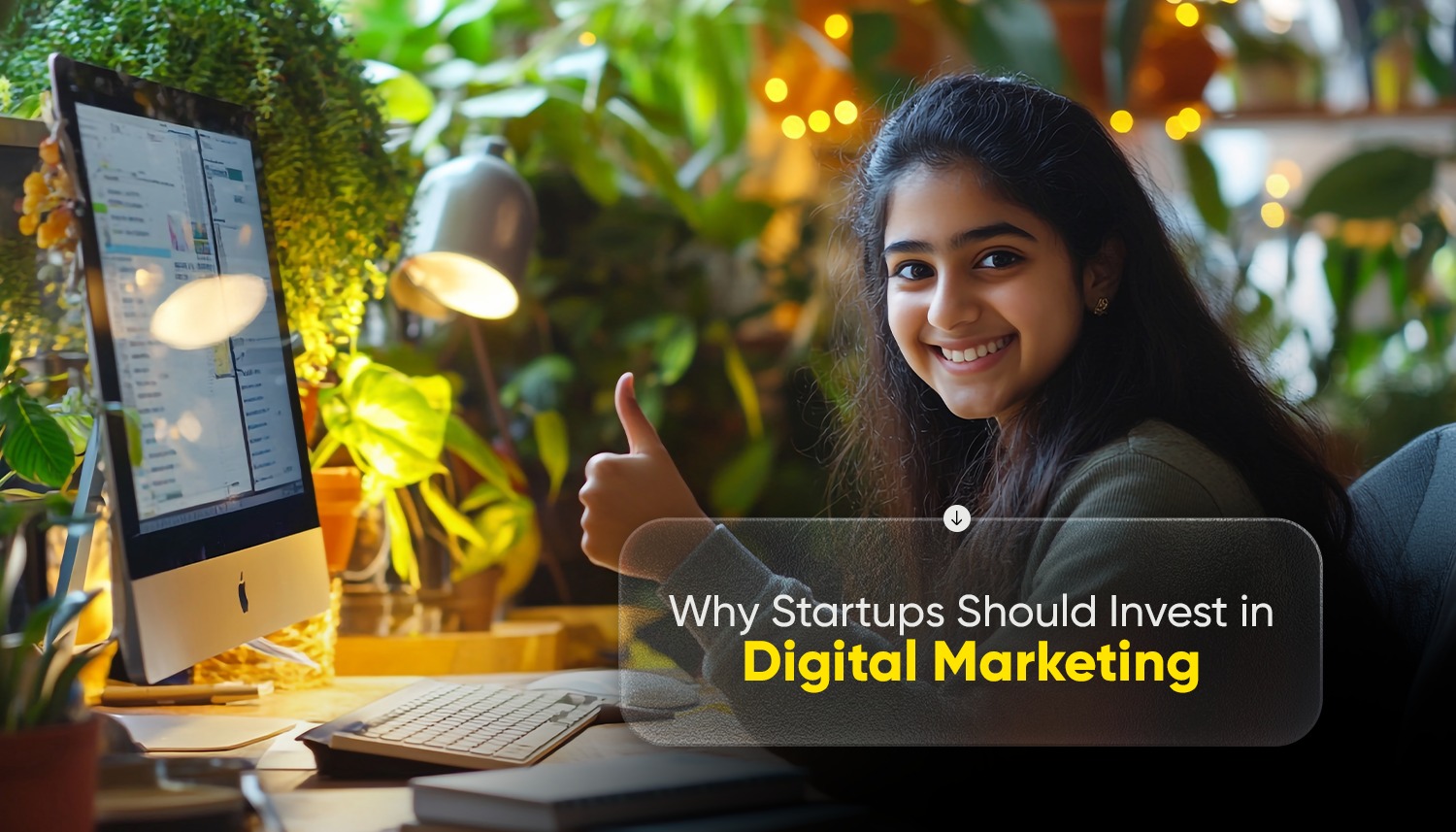SEO STRATEGY FOR E-COMMERCE
- July 24, 2024
- Post By: Inter Smart Content Team

If you are a business owner trying to increase your ROI from your e-commerce website, you are probably aware that gaining new customers can be hard, especially if you’re not being found by search engines. For your e-commerce site to thrive, you need customers’ attention. The problem is, getting customers’ attention is tedious and expensive. You could spend thousands to gain just a few new customers. A good percentage of shoppers head to Google when they are ready to make a purchase. This makes the SEO strategy for e-commerce websites all the more important.
Why is SEO Important for Ecommerce Websites?
Let us check the facts:
- Around 44% of consumers use Google search to begin their online shopping journey.
- Search engines account for 37.5% of all traffic to e-commerce sites.
- Organic traffic accounts for 23.6% of all e-commerce orders.
Thus, ranking the eCommerce website well in search engines like Google is an important factor in the success of your business. Now when it comes to Google, while searching, what you find is few Ads from Google and Organic listings
Organic listing usually gets the most clicks, and 95% of the users seldom scroll past the first page. This is why getting to the front of the line is the main criteria to drive traffic.
To cite an example. Let’s take an e-commerce website for “Product_Name”. While analyzing the keywords, we found that the keyword “Keyword_Name” gets around “Number_of_searches” (say 11,000) per month. Assuming “35%” of total clicks are going to first position in the search results, you are likely to get around “3850” clicks if you rank number one in search results. Even if we consider that your conversion rate is as low as 10%, which is pretty low for keywords with high buyer intend, you will get around “385” sales per month! Here, we are talking about a single keyword. Most of the pages would be ranking multiple keywords and most of the websites would be ranking multiple pages. This means that with a little effort on SEO, you will get more clicks that could convert and provide more sales!
Despite the fact that search engine marketing has the highest ROI of any online marketing campaign, many online shops ignore it and put all their eggs in one basket – Social media advertising or paid ads, which are great of course but require consistent investments and efforts. SEO, on the other hand, requires initial efforts but once you get ranked on top positions it does not require much effort to maintain the position. While e-commerce SEO methods are similar to conventional SEO, you will want to adopt a more concentrated strategy to be as effective as possible. We’ll go through a few fundamental SEO strategies that are tried, tested, and still relevant:
- Optimized site structure
- Keyword research
- On-Page SEO-Optimising your internal links
- Technical SEO- Mobile considerations
- Content marketing
- Link Building
1. Optimised Site Structure
An optimized site structure is essential for SEO because it helps the search engines better understand your content. Let’s explain the process in simpler steps:
- A search engine discovers your website on the web.
- They begin by crawling your site and then proceed to follow all links from there.
- They attempt to figure out the site’s structure in order to gain a better grasp of how your pages/posts are connected and which parts of your site are more important than others.
If your pages are well optimized, it will make the job of search engine crawlers to read, index and understand your website very easily thereby increasing the chances of ranking the website in search engines.
An optimum site structure of an e-commerce website can be as follows:
Category Level
Sub Category Level
Product Level
2. Keyword Research
The foremost step in any SEO campaign is the keyword search.
Keyword targeting also has a significant impact on site structure planning. Every sector will have a common pattern in search with specific types of queries. For e-commerce websites, the following keywords are usually used. We can call them keyword buckets.
| Type | Keyword Example | Details |
| Generic | Emirati Sandals | These keywords should be used in the homepage as they describe the business at the highest level |
| Product category specific | Kids Sandals, Gents Sandals | These keywords can be used in the sub-pages specifying a particular service or product |
| Product Title Specific | Mirkaaz sandals | Phrases with high competition that requires separate pages |
| Long tail terms | Red colour sandals for Emiratis | Searched that include other details like colour, material, size etc. |
3. Optimising Your Internal Links
Links, whether internal or external, are the best way for site users and search engines to find content. Internal linking is the process of connecting one page on your website to another page. For example, linking products or category pages in your homepage and vice versa. Search engines like Google use these internal links to crawl and discover all products and pages.
WEBSITE INTERNAL LINKING STRUCTURE
When optimizing internal linking, keep in mind that websites are designed for users, not search engines. The purpose of links is to assist visitors in browsing and locating what they are looking for quickly and effortlessly. As such, create internal links keeping users in mind and then accommodate links for search engines.
4. Technical SEO- Mobile Considerations
Technical SEO is concerned with the act of optimizing a website’s technical components so that it runs effectively on browsers and provides the greatest user experience possible, ultimately leading to higher organic results. Your website should have a flat, well-organized site structure so that crawlers can simply index all of its pages. From the standpoint of an e-commerce website, a clear structure is more important since there are hundreds of pages, each of which is dedicated to a certain product.
With smartphone users increasing year on year while PC users remain stagnant, it’s no wonder that Google is putting mobile at the heart of its search engine algorithm. Mobile is set to become the backbone of deciding rankings on both the mobile and desktop versions of your website, thus it’s critical to approach technical SEO from a mobile standpoint.
It would also be beneficial if you concentrated on having a basic interlinking structure so that no page is left behind. XML sitemaps are the second most essential source for discovering URLs, according to Google’s research. The “sitemap” option in Google Search Console may assist you in analysing the sitemap that Google sees for your site. Again, the GSC inspect tool can help you determine whether URLs are unfamiliar to Google, and for pages that are listed, you can view how Google presents the page. Duplicate material on your website, as well as pages with very little information, might harm your overall site’s rankings. So it’s worth looking for and repairing.
5. Content Marketing
- Blogging is the number one approach for 45 per cent of marketers.
- 70 per cent of individuals would rather read an article about a firm than watch an advertisement
- 68 per cent of customers are more favourable about a brand after reading material from it
One of the simplest methods for your shop to rank for more keywords and get more backlinks is through content. Consider this: your product and category pages can only rank for a limited number of keywords. Once you’ve exhausted those, you won’t be able to cover any more search space. Not only can content marketing improve traffic — and hence revenue — it also makes it simpler to create links to your site and boost your domain authority. Building links to high-quality blog material is far easier than linking to a product or category page.
6. Link Building
The technique of creating one-way hyperlinks (sometimes known as “backlinks”) to a website in order to improve search engine exposure is known as link building. Content marketing, the creation of valuable products, email outreach, broken link building, and public relations are all common link building tactics.
Backlinks to your website from other websites with strong domain authority help your ranks more than almost any other ranking consideration. Search engines like Yahoo! and Alta Vista used to be the main players. And they based their search results entirely on the content of a webpage.
Once Google entered the race, everything changed.
Their now-famous PageRank Algorithm completely altered the game. Rather than only looking at the content of a page, Google looked at how many people linked to it. And they were correct. Links are STILL the greatest method to judge the quality of a webpage even after 20 years. As a result, backlinks continue to be Google’s primary ranking indication. However, as a result of modifications such as Google Penguin, Google now prioritises link quality (not just link quantity).
Do you want more?
Need guidance? Request a callback, and our expert will reach out at your convenience.
Marketing
Services




